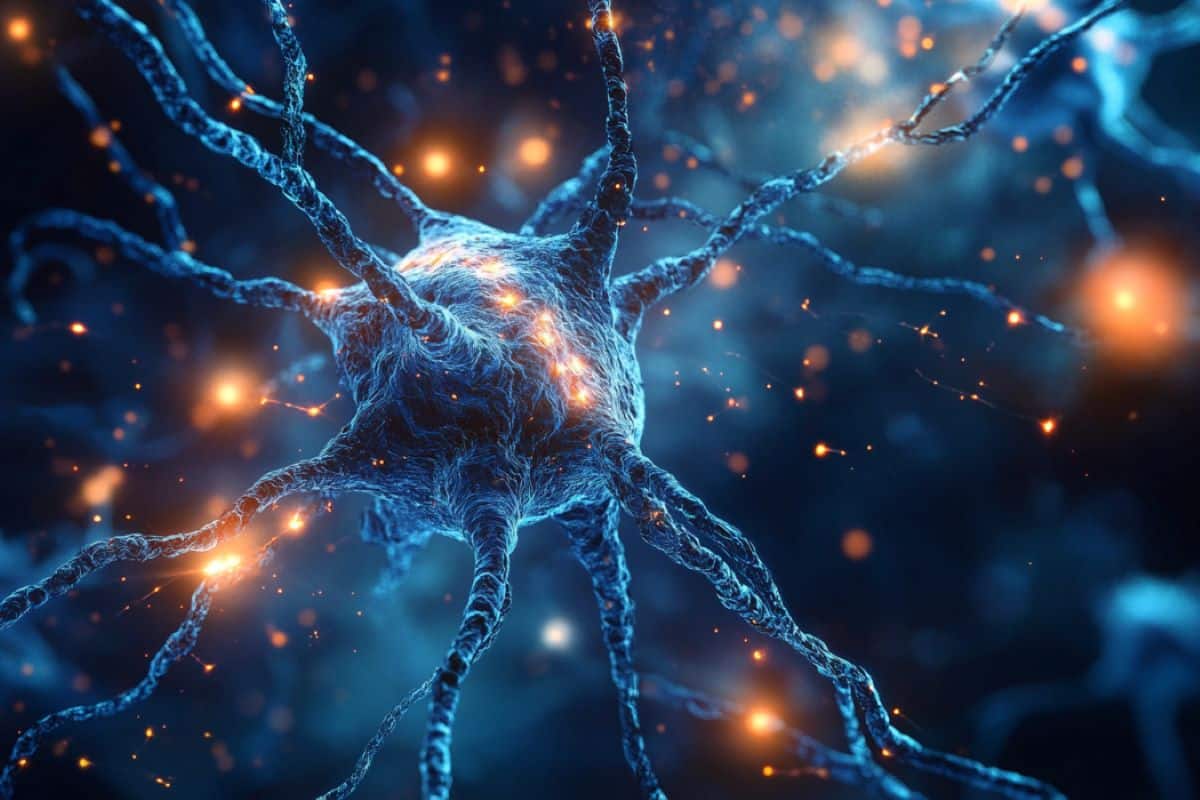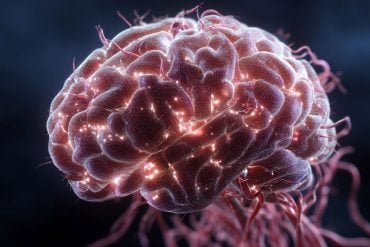Summary: Researchers have identified a natural molecule, phosphatidic acid, that reduces the sensitivity of touch-sensing ion channels, providing a promising new avenue for managing chronic pain.
By increasing levels of this molecule, cells become less sensitive to touch, which was confirmed through tests on sensory neurons and in mice. This discovery could lead to more targeted and effective treatments for conditions involving inflammatory pain.
Key Facts
- Phosphatidic acid reduces sensitivity in touch-sensing ion channels.
- Increased phosphatidic acid levels lessen touch sensitivity in cells.
- Potential for new, more effective treatments for inflammatory pain.
Source: Rutger University
Rutgers researchers have found a new way to manage the receptors that control the sense of touch, which could lead to treating chronic pain more effectively.
“Identifying a natural molecule that specifically reduces pain sensitivity offers hope for new therapeutic strategies in the management of pain,” said Tibor Rohacs, a professor in the Department of Pharmacology, Physiology and Neuroscience at Rutgers New Jersey Medical School and a member of the Rutgers Brain Health Institute.

“Our goal is to translate these findings into effective treatments that improve the quality of life for people suffering from chronic pain.”
The study was written by Matthew Gabrielle, a doctoral student in the laboratory of Tibor Rohacs at Rutgers New Jersey Medical School.
A natural molecule called phosphatidic acid can reduce the activity of certain touch-sensing ion channels in the body, according to a study published in Nature Communications.
Researchers found that increasing the levels of phosphatidic acid in cells makes them less sensitive to touch. This finding was confirmed through experiments on sensory neurons and tests in mice, where the animals became more sensitive to touch when the formation of phosphatidic acid was inhibited.
“This finding adds to a growing body of evidence suggesting that lipids are key regulators of somatosensation,” said Gabrielle, referring to the body’s ability to perceive sensations such as touch, temperature and pain.
“By targeting the natural pathways that regulate these channels, we can develop more targeted and effective pain treatments that could be especially useful for conditions involving inflammatory pain, where current pain relief options are often inadequate.”
About this pain research news
Author: Tongyue Zhang
Source: Rutgers University
Contact: Tongyue Zhang – Rutgers University
Image: The image is credited to Neuroscience News
Original Research: Open access.
“Phosphatidic acid is an endogenous negative regulator of PIEZO2 channels and mechanical sensitivity” by Tibor Rohacs et al. Nature Communications
Abstract
Phosphatidic acid is an endogenous negative regulator of PIEZO2 channels and mechanical sensitivity
Mechanosensitive PIEZO2 ion channels play roles in touch, proprioception, and inflammatory pain. Currently, there are no small molecule inhibitors that selectively inhibit PIEZO2 over PIEZO1.
The TMEM120A protein was shown to inhibit PIEZO2 while leaving PIEZO1 unaffected.
Here we find that TMEM120A expression elevates cellular levels of phosphatidic acid and lysophosphatidic acid (LPA), aligning with its structural resemblance to lipid-modifying enzymes.
Intracellular application of phosphatidic acid or LPA inhibits PIEZO2 but not PIEZO1 activity. Extended extracellular exposure to the non-hydrolyzable phosphatidic acid and LPA analog carbocyclic phosphatidic acid (ccPA) also inhibits PIEZO2.
Optogenetic activation of phospholipase D (PLD), a signaling enzyme that generates phosphatidic acid, inhibits PIEZO2 but not PIEZO1. Conversely, inhibiting PLD leads to increased PIEZO2 activity and increased mechanical sensitivity in mice in behavioral experiments.
These findings unveil lipid regulators that selectively target PIEZO2 over PIEZO1, and identify the PLD pathway as a regulator of PIEZO2 activity.






